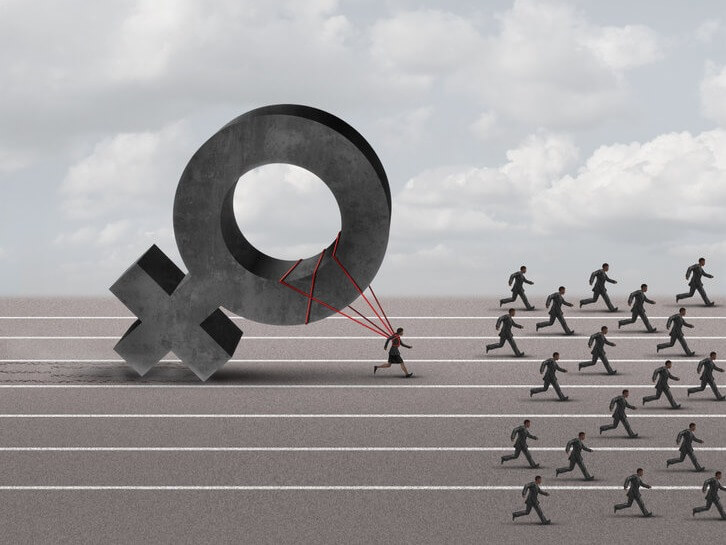Earlier this year, Canadian National Railway Co. did something few corporations around the globe have done: it made a woman the head of the company.
When CN named Tracy Robinson president and CEO in January, the company with a market value of $90 billion and nearly 25,000 employees became Canada’s fifth publicly listed corporation to currently have a woman leading its C-suite.
“There are more CEOs named Michael (7) and Mark (6) than female CEOs (5)” in Canada, according to data company Equileap’s new global report on gender progress at 3,895 publicly listed companies in 23 countries.
American women fared marginally better on the CEO front. Women currently hold 31, or roughly 6%, of CEO positions at S&P 500 companies (heading up General Motors, Best Buy, Citigroup, Nasdaq, Occidental Petroleum and The Clorox Company, among others). Though, as a whole, the United States ranked third worst of the 23 countries, squeaking ahead of Japan and Hong Kong.
Globally, the best performing publicly traded firm was an Australian property developer, Mirvac, with a score of 79%. Norway’s DNB came in second, followed by the U.K.’s National Grid. Companies in countries with strong gender-equality legislation were most likely to perform better. France topped the ranking with a gender equality score of 52%, followed by Spain and Italy.

Diana van Maasdijk, CEO at Equileap, noted that there’s been “steady improvement” since the launch of the organization’s first annual report in 2017, but overall progress on equality has been “painfully slow.”
Only 18 of the 3,895 companies surveyed achieved a gender balance of 40 to 60 women at all levels (board, executive, management and workforce). The global average: 5% of companies globally have a female CEO, 13% have a female CFO, and 7% have a female chair of the board. While women make up 37% of the global total workforce, only 18% of executives and 25% of senior management are female.
Show her the money
Are women still being paid less than men? It’s hard to say. Only 17% of the publicly traded companies publish data on their gender pay gap. Of those that do, less than 1% have closed that gap. Spain, the U.K. and Italy now legally require larger companies to report gender pay differences.
As for Canada, Equileap found that “Canadian companies have taken some steps forward over the past year, for instance in gender balance at the board level, but there has not been much improvement in other areas of equality such as in gender pay gap reporting and parental leave provisions.” The average gender-equity score of Canadian companies was just 39%. CIBC was the top-ranking Canadian company again this year, with a score of 67%.

Black women, Indigenous women, women with disabilities and LGBTQ2S+ women faced even greater barriers to leadership. Last month, the Toronto-based Prosperity Project released its second annual report card, surveying 21,000 women in 82 public, private and Crown corporations in Canada. It found that women of colour make up just over 6% of board, executive and senior management positions, and “Black women, Indigenous women, women with disabilities and LGBTQ2S+ women each hold less than 1% of senior leadership positions.”
While progress on equality in the corporate world has been more of a crawl, Equileap did find some signs of hope. Five years after the #MeToo movement began shining a spotlight on sexual harassment, 2021 was the first year that more companies globally published an anti-sexual-harassment policy (53%) than not (47%).
And gender lens investing (impact investing that prioritizes companies with higher gender-equality metrics) has grown from a US$645-million to US$6-billion sector in the last five years.
“It’s time for companies, investors and governments to step up to the plate,” said van Maasdijk in a press release. “A gender-equal workforce is not just fairer, from boardroom to supply chain it’s more robust and better for all stakeholders.”







